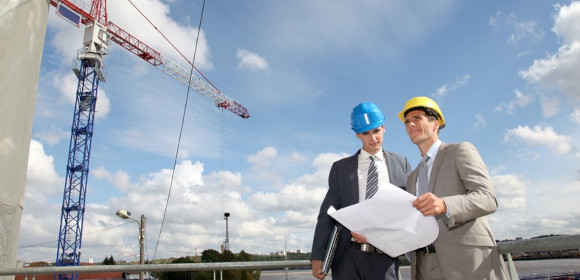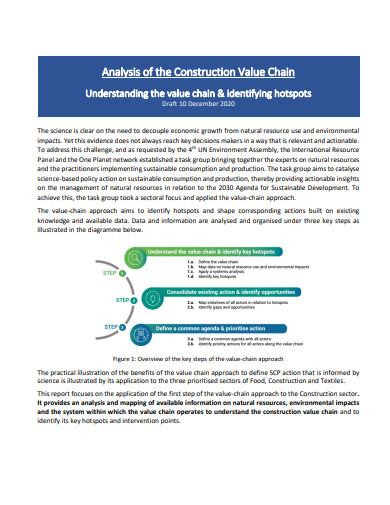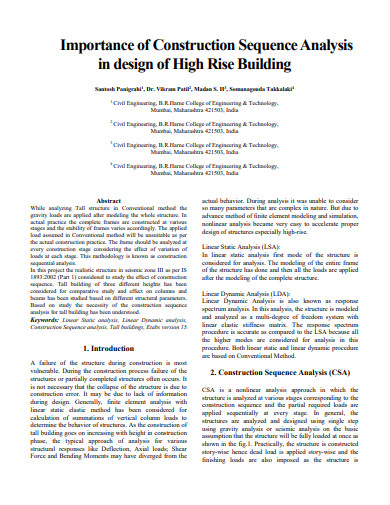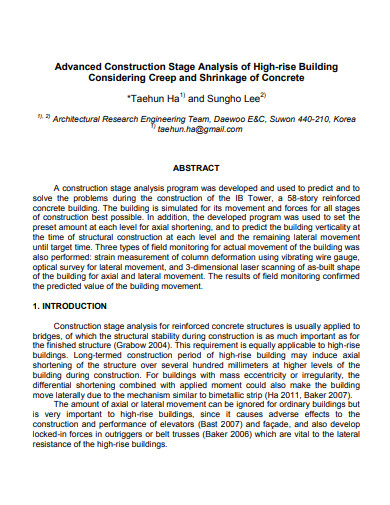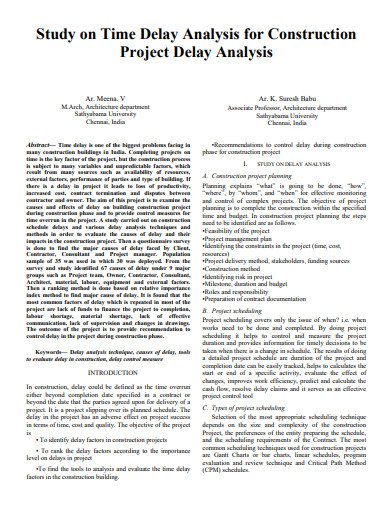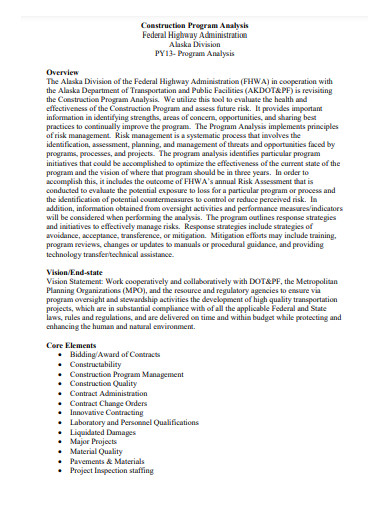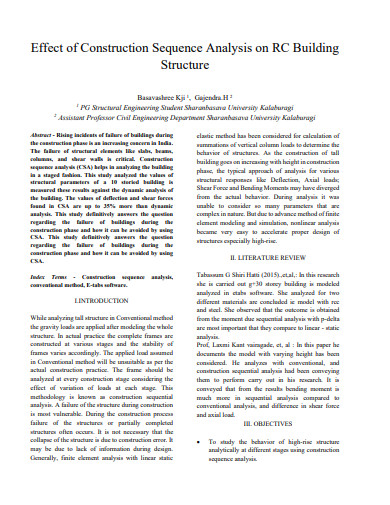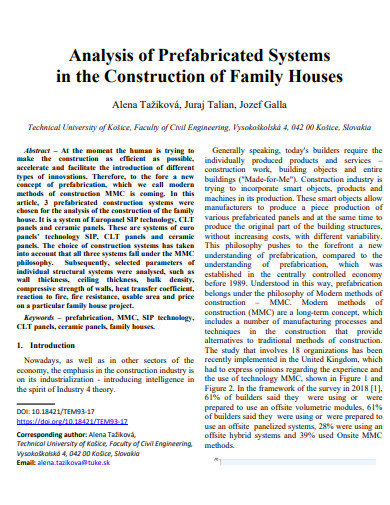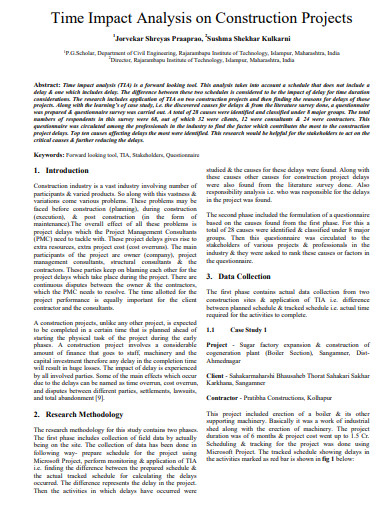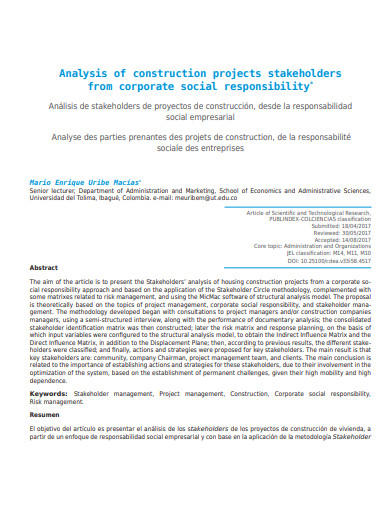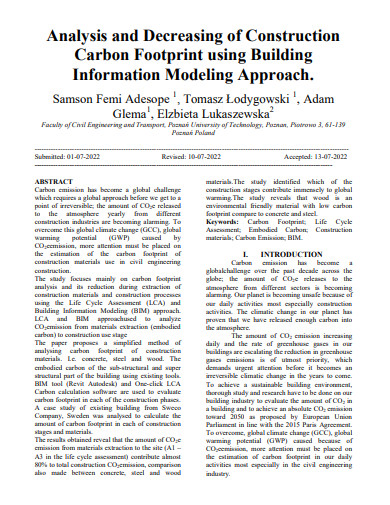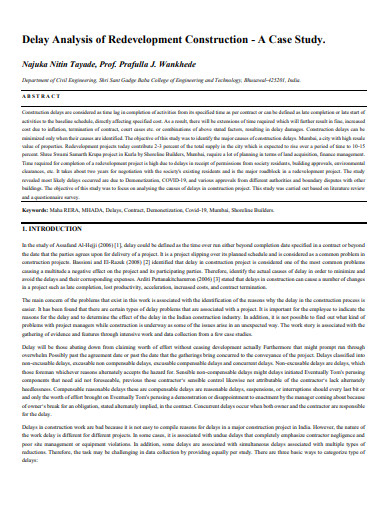Dive into the world of Sample Construction Analysis, where we blend SWOT analysis with meticulous risk evaluation to offer unparalleled insights into the construction landscape. Harnessing these tools, our analysis provides a roadmap to navigate challenges and optimize opportunities. Whether you’re identifying strengths or mitigating vulnerabilities, this comprehensive guide ensures you’re equipped for success in every construction endeavor.
33+ Construction Analysis Samples
1. Construction SWOT Analysis Template Bundle
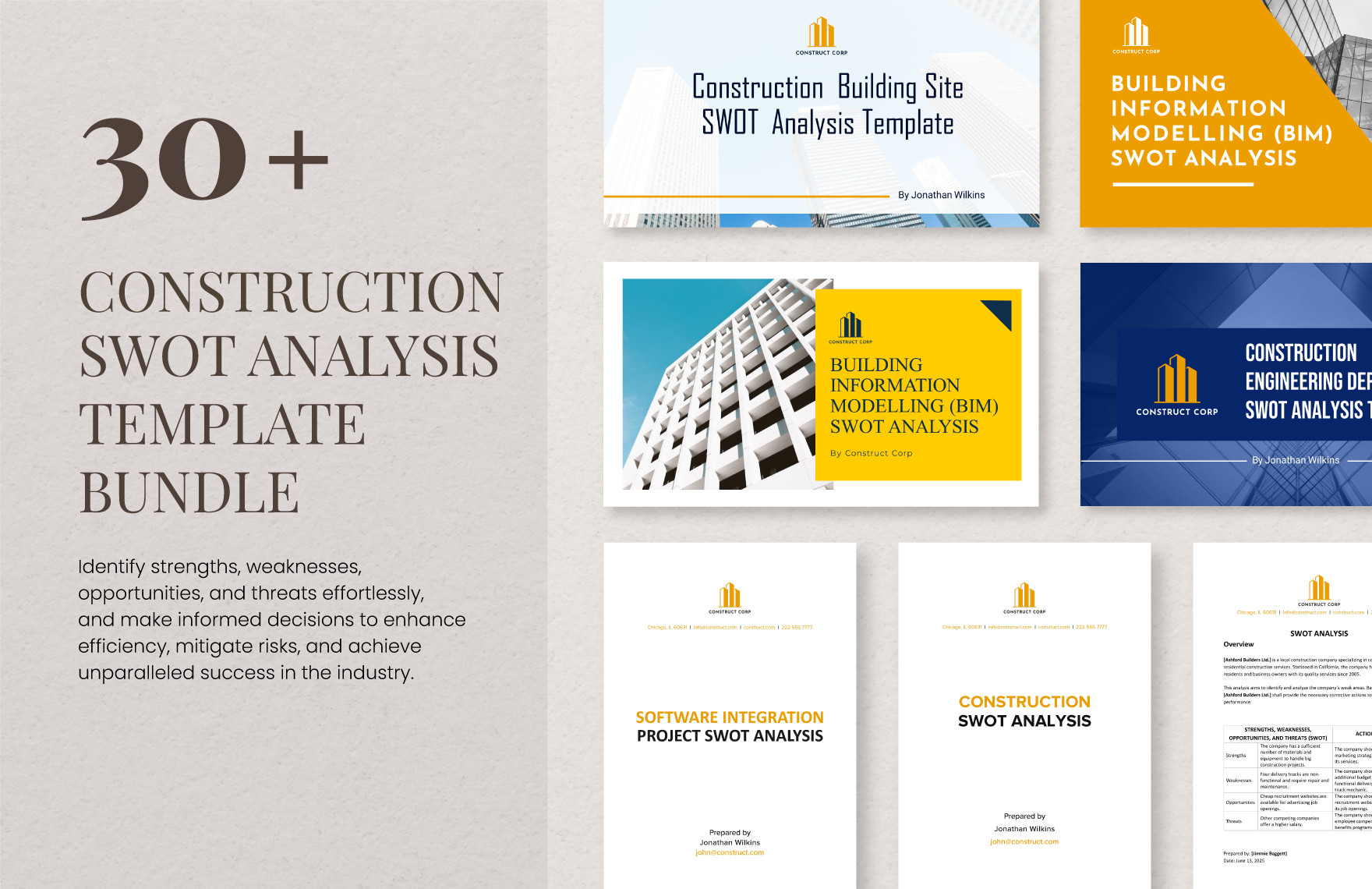
2. Free Construction Cost Analysis Worksheet Template
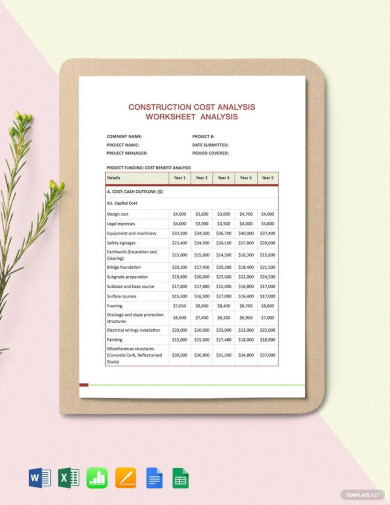
3. Construction Competitive Analysis Template
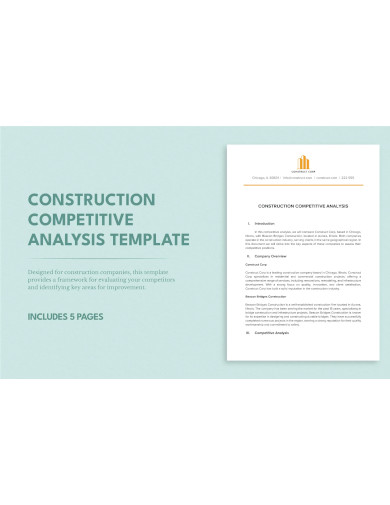
4. Home Construction Cost Analysis Template
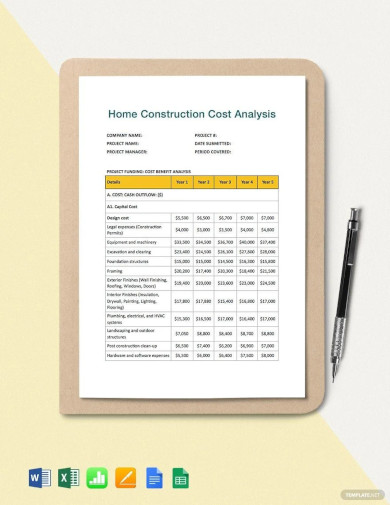
5. Construction Cost Analysis Template
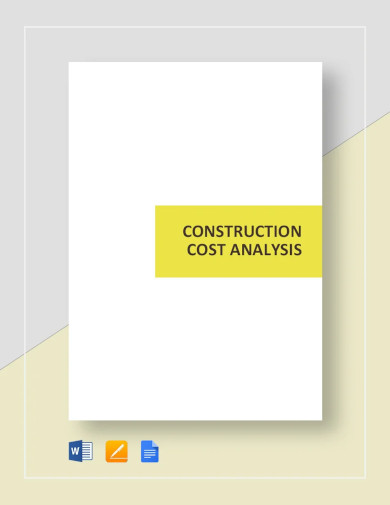
6. Construction Industry Analysis Template
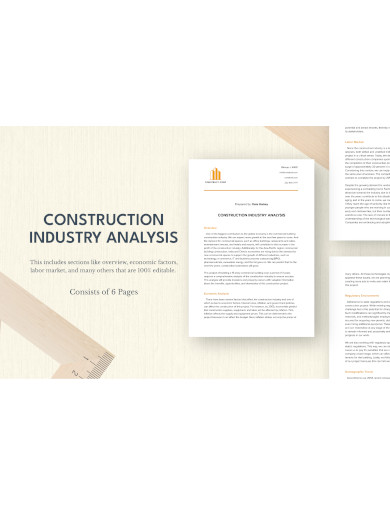
7. One Page Construction Competitive Analysis Template
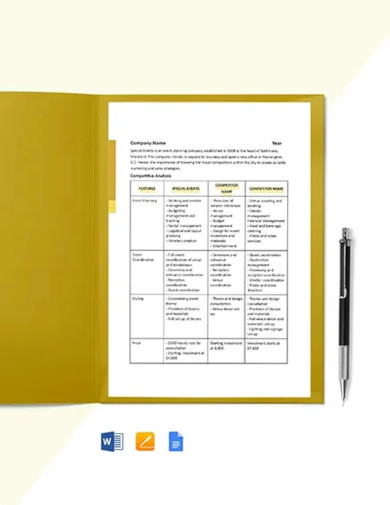
8. Construction Project Cost Analysis Template
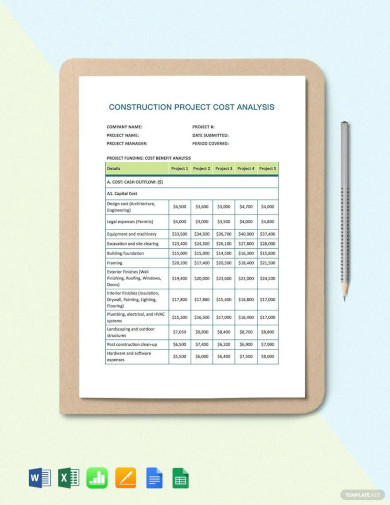
9. Construction Company Competitive Analysis Template

10. Free Construction Job Cost Analysis Template
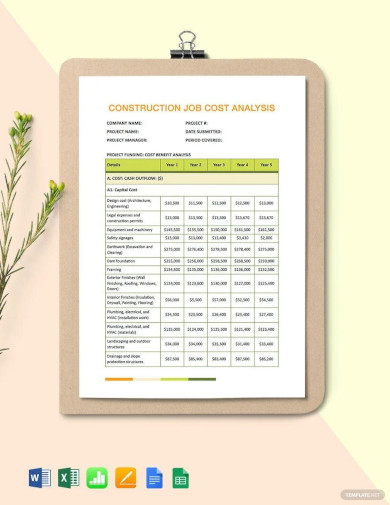
What is Construction Analysis?
Construction analysis is a systematic examination of various facets of a construction project. This scrutiny encompasses various dimensions – from understanding the feasibility of a project to ensuring that construction methodologies align with set standards. At its core, construction analysis ensures projects run smoothly, are financially viable, and culminate in durable and safe structures.
The Importance of Construction Analysis
Construction is a multifaceted industry. With so many moving parts, the risk of overlooking crucial details is high. A comprehensive analysis helps in identifying potential pitfalls, ensuring that projects adhere to quality standards, and ultimately lead to structures that stand the test of time.
Key Components of Construction Analysis
- Project Feasibility: Before breaking ground, it’s essential to understand if a project is feasible. This involves analyzing the land where construction is proposed, understanding local regulations, and estimating costs versus potential revenue.
- Material Analysis: This pertains to the examination of building materials for quality. The right materials can drastically increase a structure’s longevity and safety.
- Labor Evaluation: Understanding labor requirements and ensuring that skilled workers are available and appropriately utilized is crucial for the timely and qualitative completion of projects.
- Safety and Compliance: A crucial aspect of construction is ensuring safety protocols are adhered to, and the project complies with local regulations and international standards.
- Environmental Impact: Modern construction increasingly emphasizes sustainability. Analyzing the environmental impact of a project is now both an ethical and often a legal requirement.
Benefits of Construction Analysis
By understanding the nuances of a project deeply, stakeholders can ensure cost savings, timely completion, and the realization of a structure that meets or exceeds initial visions. Additionally, comprehensive analysis can lead to better stakeholder communication, fewer legal complications, and a stronger reputation in the industry.
How do you write a Construction SWOT Analysis?
SWOT stands for Strengths, Weaknesses, Opportunities, and Threats. A SWOT analysis is a strategic planning tool that helps businesses identify and understand these four key areas. When applied to construction, it offers valuable insights that can guide decision-making and strategic planning.
Starting with Strengths
- Internal Capabilities: List the strengths of your construction firm or project. This could include a skilled workforce, access to high-quality materials, a strong reputation in the industry, or proprietary construction techniques.
- Competitive Advantages: Identify areas where your firm excels compared to competitors. Perhaps you complete projects ahead of schedule or have a particularly innovative design team.
Highlighting Weaknesses
Resource Limitations: Understand where your firm might be lacking. This could be in terms of capital, equipment, or manpower.
Areas for Improvement: Maybe there are training opportunities to enhance worker skills or potential partnerships to bolster weak areas.
Spotting Opportunities
Market Trends: Keep an eye on construction industry trends. Perhaps there’s a growing demand for green buildings, and your firm could specialize in sustainable construction.
Technological Advancements: The world of construction is continuously evolving. Embracing modern tech, like construction management software or advanced machinery, can give your projects an edge.
Identifying Threats
- Market Fluctuations: The construction industry can be cyclical. Understand the economic indicators that might hint at a downturn.
- Regulatory Changes: Especially in construction, regulations can change. Ensure you’re aware of potential upcoming changes that might impact how you operate.
- Competitive Landscape: Understand your competitors. Are they adopting new strategies or technologies that might put them at an advantage?
Finalizing Your SWOT Analysis
After listing out the strengths, weaknesses, opportunities, and threats, it’s essential to prioritize them. Not all items on your SWOT will carry the same weight. By understanding which areas have the most significant impact on your project or firm, you can allocate resources more effectively.
A Construction SWOT analysis isn’t a one-time activity. As the industry evolves, and as your firm grows and changes, regularly revisiting and updating your SWOT will ensure you remain proactive and ahead of potential challenges.
11. Construction Value Chain Analysis Template
12. Construction Sequence Analysis Template
13. Advanced Construction Stage Analysis Template
14. Construction Project Delay Analysis Template
15. Construction Program Analysis Template
16. Construction Analysis Design Process Template
17. Construction Analysis on Building Structure Template
18. Construction of Family Houses Analysis Template
19. Construction Projects Time Impact Analysis Template
20. Construction Projects Stakeholders Analysis Template
21. Standard Construction Analysis Template
22. Redevelopment Construction Delay Analysis Template
How to Make a Construction Analysis?
Construction analysis is an integral component in ensuring that building projects are feasible, sustainable, and meet specific benchmarks of quality and safety. By delving deep into the multiple facets of a project, construction analysis offers insights that drive better decision-making, cost management plan, and overall project success.
Understanding the Purpose
Before diving into the creation of a construction analysis, it’s essential to pinpoint the analysis’s primary objective. Are you evaluating project feasibility? Looking to optimize costs? Or are you gauging the environmental impact of your project? Setting a clear purpose from the outset will guide the rest of the process.
Gathering Relevant Data
The quality of your analysis is only as good as the data it’s based on. Here’s what you should consider:
- Site Information: Everything about the plot of land or existing structure, including soil quality, topography, and potential environmental concerns.
- Project Specifications: Detailed plans, blueprints, and other project documentation.
- Material Information: Sources, costs, quality, and availability of the materials you plan to use.
- Labor Details: Information about the workforce, including skill sets, training levels, and costs.
Engaging with Specialists
Given the complex nature of construction projects, it’s often beneficial to involve experts in specific fields. This could be civil engineers for foundational assessments, environmental scientists to gauge sustainability, or even financial experts to dive deep into cost structures.
Conducting the Analysis
With data in hand and the right experts onboard, the analysis can begin. While methods might vary based on the project’s scale and scope, here are some general steps:
- Feasibility Assessment: Match project specifications against site information to see if the proposed plan is viable.
- Cost Analysis: Evaluate all expenses, from material procurement to labor charges. Identify areas where costs might be optimized without compromising on quality.
- Safety and Risk Analysis: Predict potential risks associated with the project. This can range from environmental risks like landslides or floods to construction risks such as structural failures.
- Environmental Analysis: For projects keen on sustainability, this step evaluates the environmental footprint, offering insights into how it might be minimized.
Interpreting the Results
Data alone isn’t enough. The value lies in interpreting that data to draw actionable conclusions. For instance, if the feasibility assessment indicates potential foundational issues due to soil quality, that’s a clear sign that foundation designs need re-evaluation.
Recommendations and Strategy
Based on the insights from the analysis, develop clear recommendations. This might involve alternative materials, revised architectural plans, or even a re-evaluation of the project’s scope. Alongside recommendations, outline a clear strategy for implementation, ensuring that all stakeholders are aligned.
Review and Refinement
The construction industry is dynamic, with many variables in play. As projects progress, periodic reviews of the analysis are crucial. This ensures that any new data or changes in circumstances are factored in, keeping the project on track and aligned with the original objectives.
In conclusion, constructing a comprehensive construction analysis is a methodical process. It’s not just about crunching numbers but understanding the project’s broader context, involving the right experts, and being willing to adapt based on the insights gained. This holistic approach ensures that projects are set up for success from the outset.
Related Posts
FREE 10+ Fishbone Root Cause Analysis Samples in PDF
FREE 11+ Cost Volume Profit Analysis Samples & Templates in PDF | MS Word
FREE 6+ Corporate Portfolio Analysis Samples in PDF
FREE 10+ Fault Tree Analysis Samples in PDF
FREE 10+ Comp Analysis Samples in PDF
FREE 10+ Fishbone Analysis Samples in PDF
FREE 10+ Individual Swot Analysis Samples in PDF
FREE 10+ 5 Year Analysis Samples in PDF
FREE 10+ Benefit Costs Analysis Samples in PDF
FREE 10+ Job Hazard Analysis Samples in PDF
FREE 10+ Primary Source Analysis Samples in PDF
FREE 10+ Critical Path Analysis Samples in PDF
FREE 10+ Competition Analysis Samples in PDF
FREE 10+ Activity Hazard Analysis Samples in PDF
FREE 10+ Risk Benefit Analysis Samples in PDF
